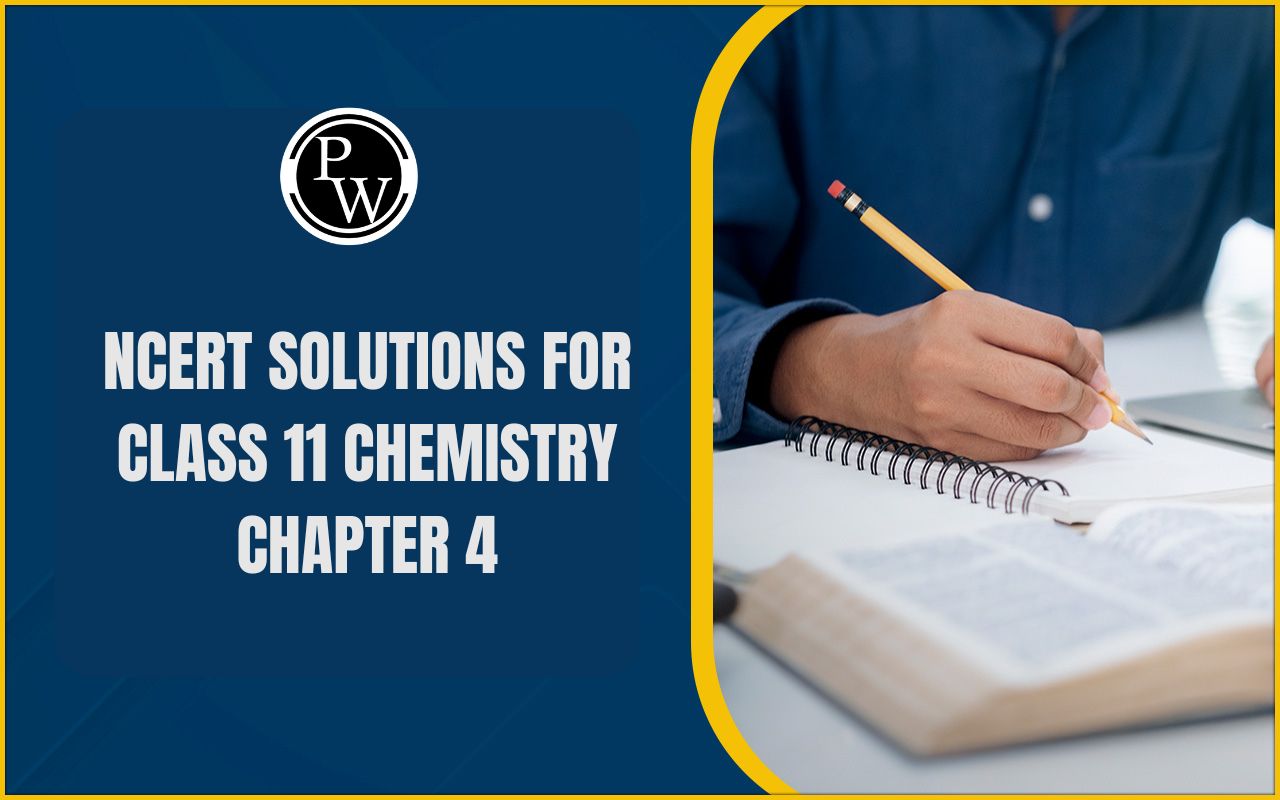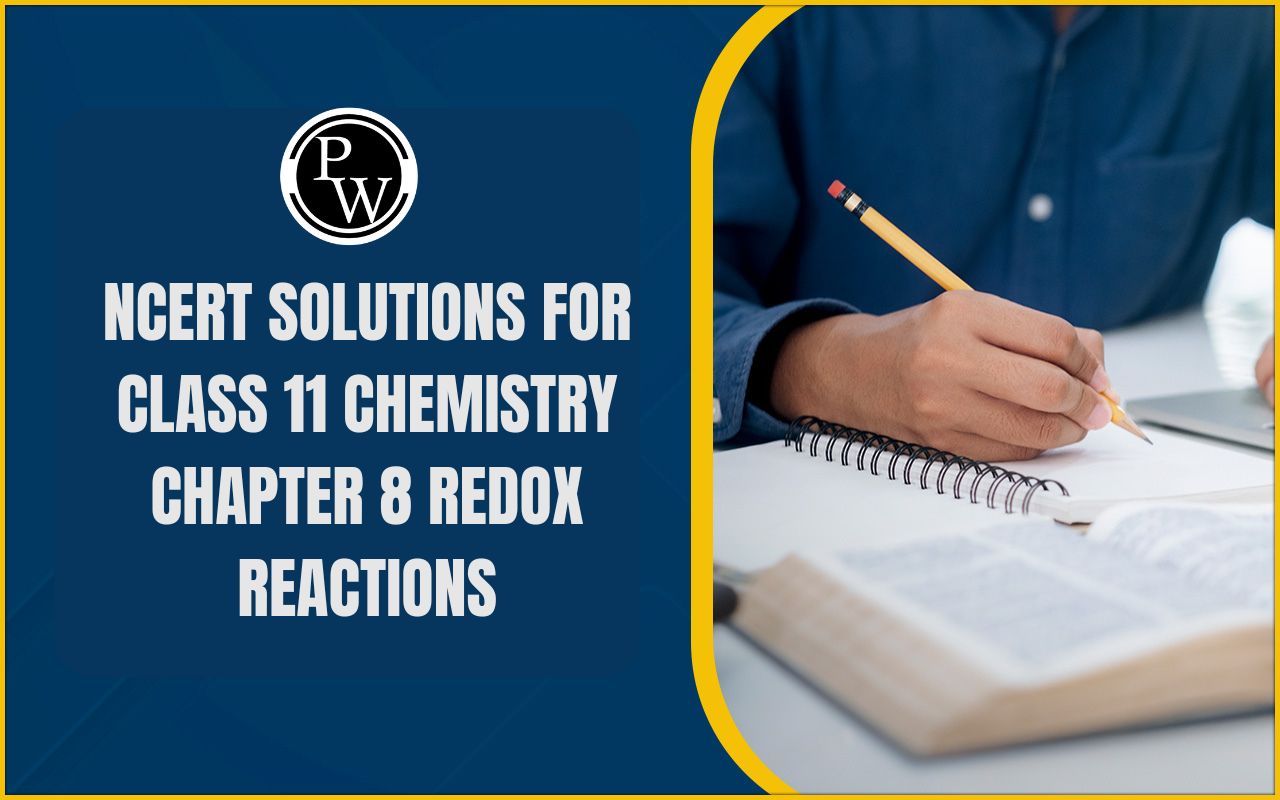
Mechanism Of Breathing In Human
Respiration of Class 7
Mechanism Of Breathing In Human
- Breathing is a complex mechanical process involving muscular movement that alters the volume of the thoracic cavity thereby that of the lung.
- Breathing occurs involuntarily but its rate is controlled by the respiratory centre of the brain.
- The floor of the thoracic cavity is completely closed by diaphragm. It is a thin muscular septum separating the abdominal and thoracic cavities.
Breathing mechanism involves two steps:
- Inhalation
- Exhalation
Inhalation (Breathing in)
- Energy requiring process.
- Simultaneous contraction of intercostals muscles and diaphragm results in the movement of ribs outwards and upwards.
- This action increases the volume of thoracic cavity, thus increasing the lung volume.
- It reduces air pressure in the lungs and air rushes into the lungs through air passage.
Exhalation (Breathing out)
- Due to relaxation of intercostals muscles and diaphragm, the ribs return to their original position and diaphragm becomes dome-shaped.
- These movements reduce the volume of thoracic cavity and lungs return to their original volume.
- Air rushes out of the lungs due to increase in pressure above that of atmospheric pressure inside the lungs.
GAS EXCHANGE IN ALVEOLI
Blood rich in carbon dioxide, i.e., the deoxygenated blood enters the capillary network of alveoli.
Alveolar air has a higher concentration of oxygen and lower concentration of CO 2 than the blood in capillaries. Therefore, O 2 diffuses into the capillaries and combines with haemoglobin of red blood cells to form oxyhaemoglobin, to be transported throughout the body. CO 2 from blood capillaries diffuses out into the alveolar air.
Gas Exchange in Tissues
Breathing is followed by gaseous exhange between the blood and the body tissues where carbon dioxide is produced in various metabolic activities and oxygen is used up. The blood brings oxygen from lungs and carries it to tissues which have a lower concentration of oxygen and higher concentration of carbon dioxide. Due to the difference in concentration, exchange of gases takes place between blood and tissues.This is called tissue respiration and is followed by the last step in which food (glucose) is oxidized insidethe cells (in mitochondria) and energy is released. This is called cellular respiration.
Transport of Respiratory GAses in the Blood
Blood is the transporter of all substances in the body hence transport of O2 from lungs to the tissues and CO2 from tissue to lung.
Transport of Oxygen :
Since oxygen is very less soluble in water only 0.3 ml of O 2 per 100 ml of blood is transported as dissolved in plasma, this is only a negligible amounts, most of it is covered by RBC which contain haemoglobin that forms unstable compound with O 2 . Combining with O 2 it form oxyhaemoglobin (HbO 2 ) – an unstable compound which dissociated at lower pressure of O 2 in the tissue undergoing metabolism.One grams of haemoglobin binds about 1.34 ml of O 2 when fully saturated.
Transport of carbon dioxide
Out of 3.7 ml of CO
2
that is carried by each decilitre of blood from various tissues, a small portion of it (about 7 percent) is carried in dissolved form by blood plasma. About 23 percent of CO
2
of it (about
7 percent) is carried in dissolved form by blood plasma. About 23 percent of CO
2
enters RBCs and combines with haemoglobin to form carbaminohaemoglobin and the rest 70 percent enters the erythrocytes (RBC), reacts with water and forms carbonic acid in the presence of enzyme
carbonic anhydrase
. In RBCs, the carbonic acid is converted to bicarbonate, most of which comes out in plasma and is carried by it.
NCERT SOLUTION FOR CLASS-7 SCIENCE (Science for grade-7 NCERT solutions)
NCERT Solution for Class 7 Science Chapter 1 - Nutrition in Plants
NCERT Solution for Class 7 Science Chapter 2 - Nutrition in Animals
NCERT Solution for Class 7 Science Chapter 3 - Fibre to Fabric
NCERT Solution for Class 7 Science Chapter 4 - Heat
NCERT Solution for Class 7 Science Chapter 5 - Acids, Bases and Salts
NCERT Solution for Class 7 Science Chapter 6 - Physical and Chemical Changes
NCERT Solution for Class 7 Science Chapter 8 - Winds, Storms and Cyclones
NCERT Solution for Class 7 Science Chapter 9 – Soil
NCERT Solution for Class 7 Science Chapter 10 - Respiration in Organisms
NCERT Solution for Class 7 Science Chapter 11 - Transportation in Animals and Plants
NCERT Solution for Class 7 Science Chapter 12 - Reproduction in Plants
NCERT Solution for Class 7 Science Chapter 13 - Motion and Time
NCERT Solution for Class 7 Science Chapter 14 - Electric Current and Its Effects
NCERT Solution for Class 7 Science Chapter 15 – Light
NCERT Solution for Class 7 Science Chapter 16 - Water: A Precious Resource
NCERT Solution for Class 7 Science Chapter 17 - Forests: Our Lifeline
NCERT Solution for Class 7 Science Chapter 18 - Wastewater Story








